RELATED
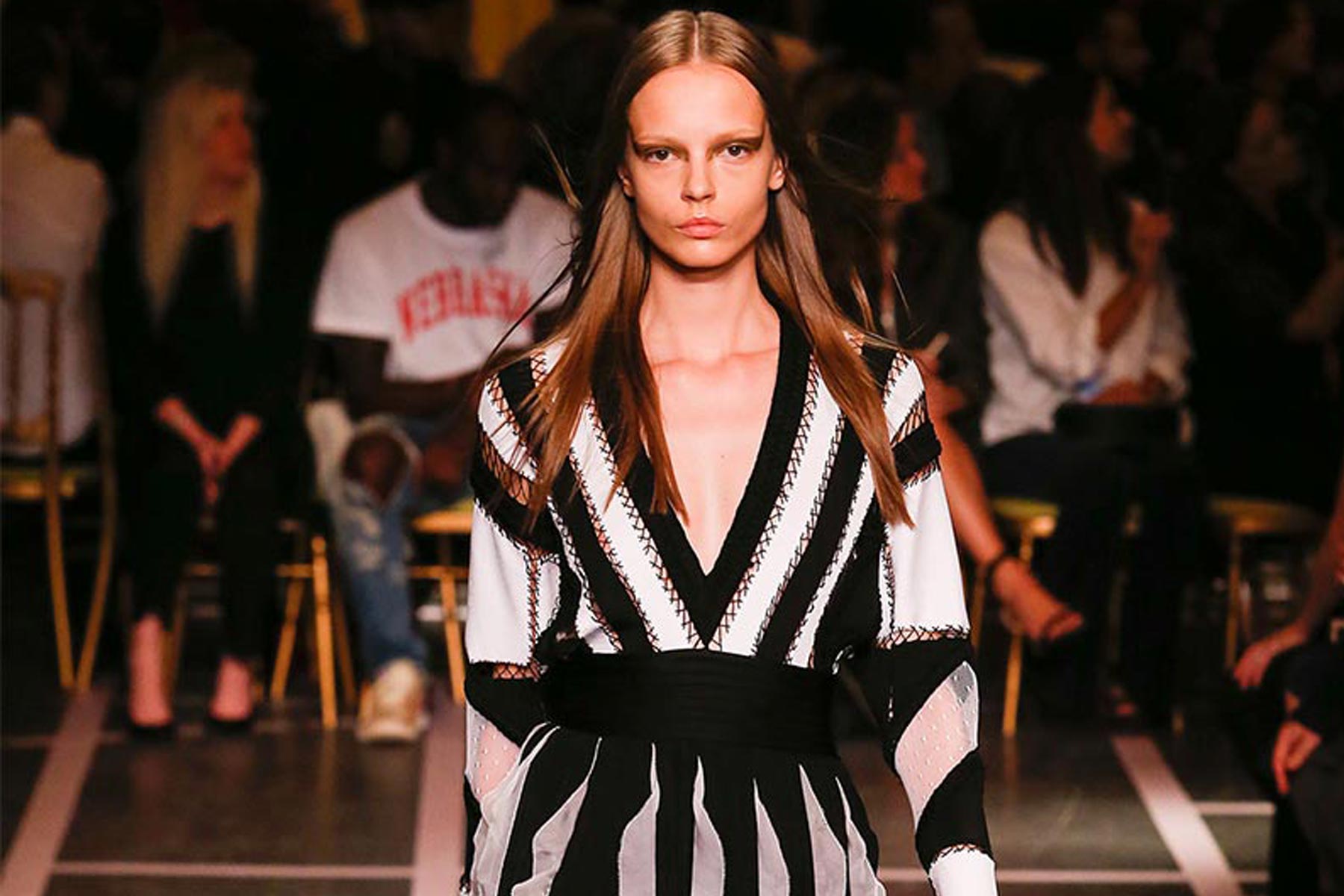
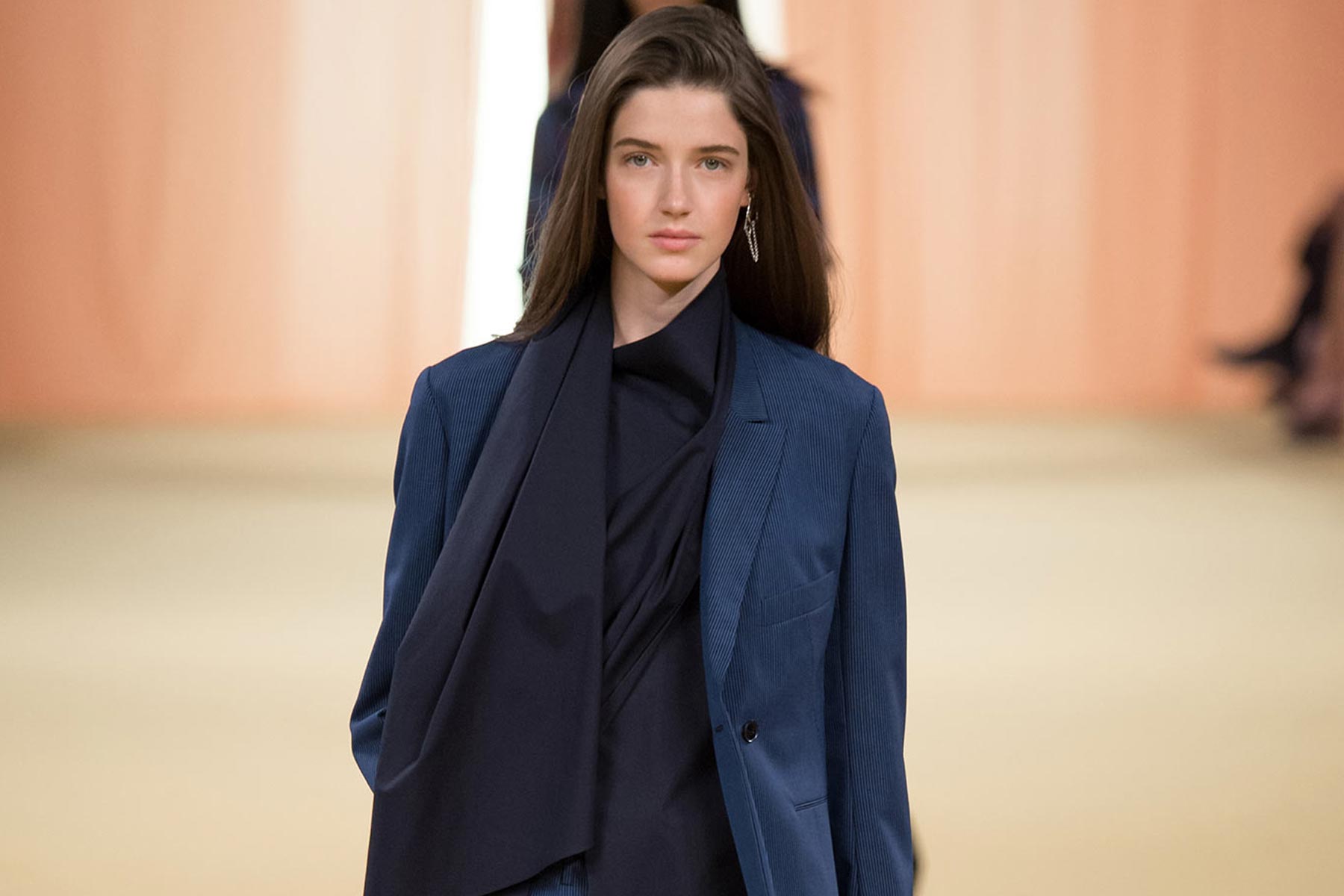
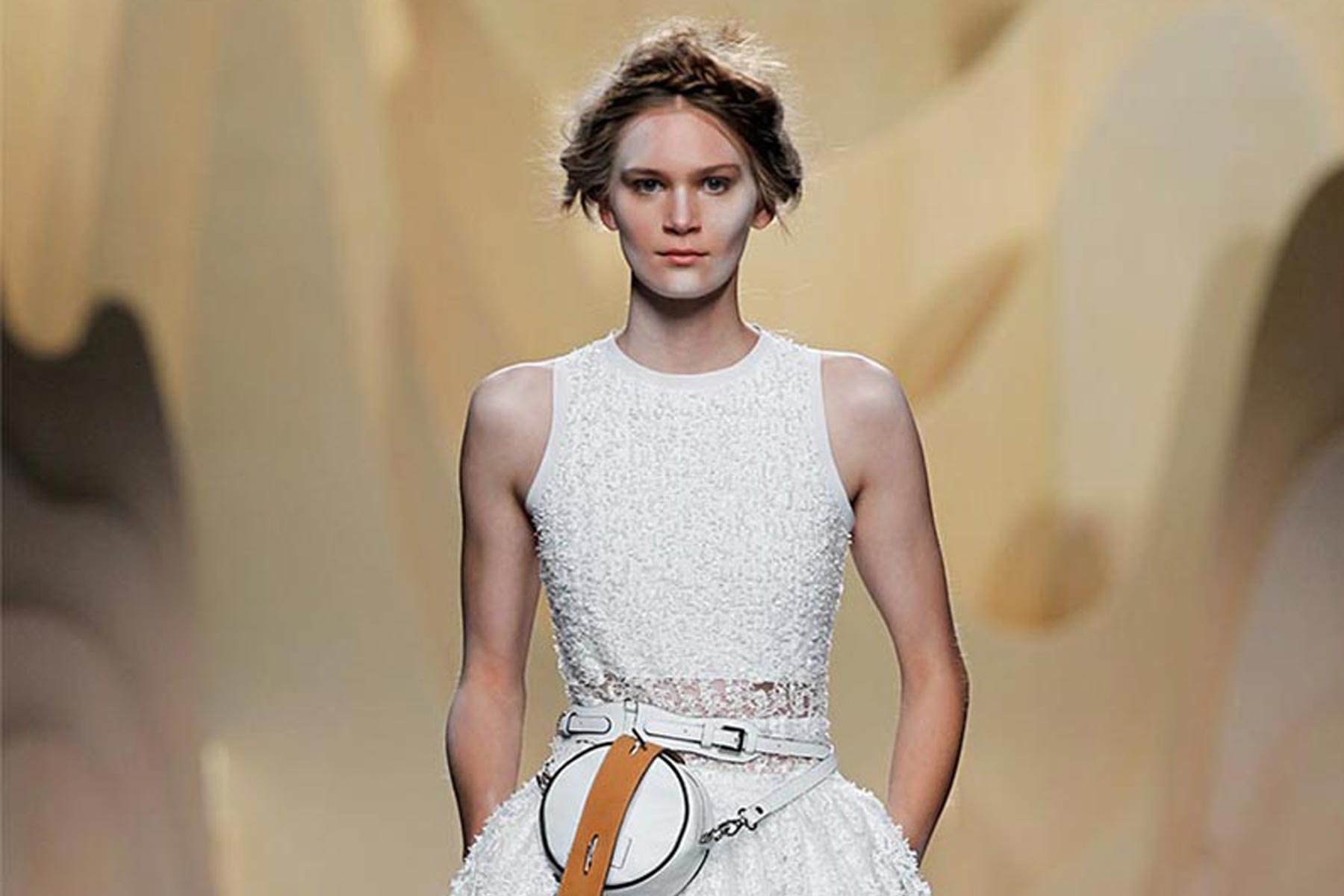
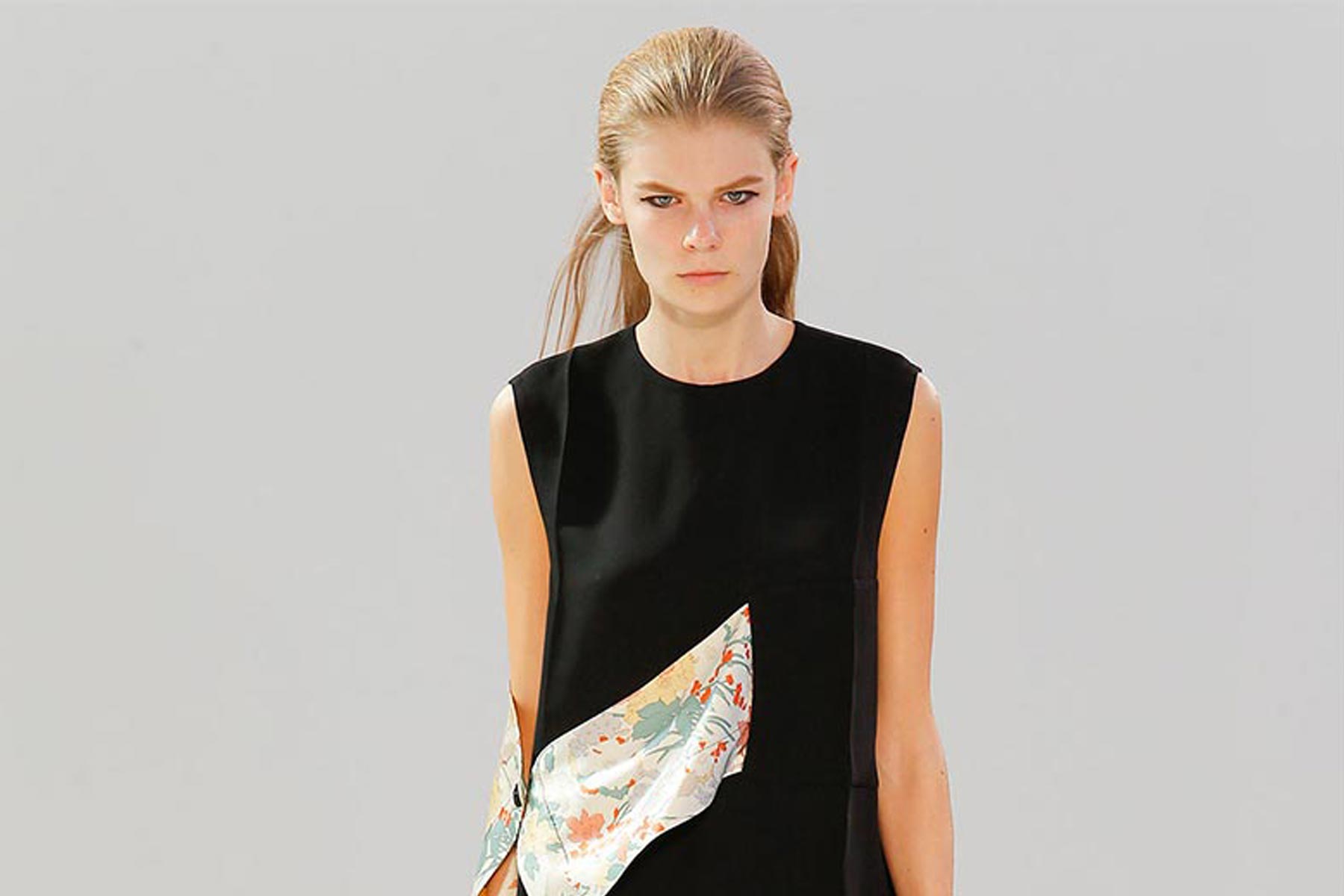
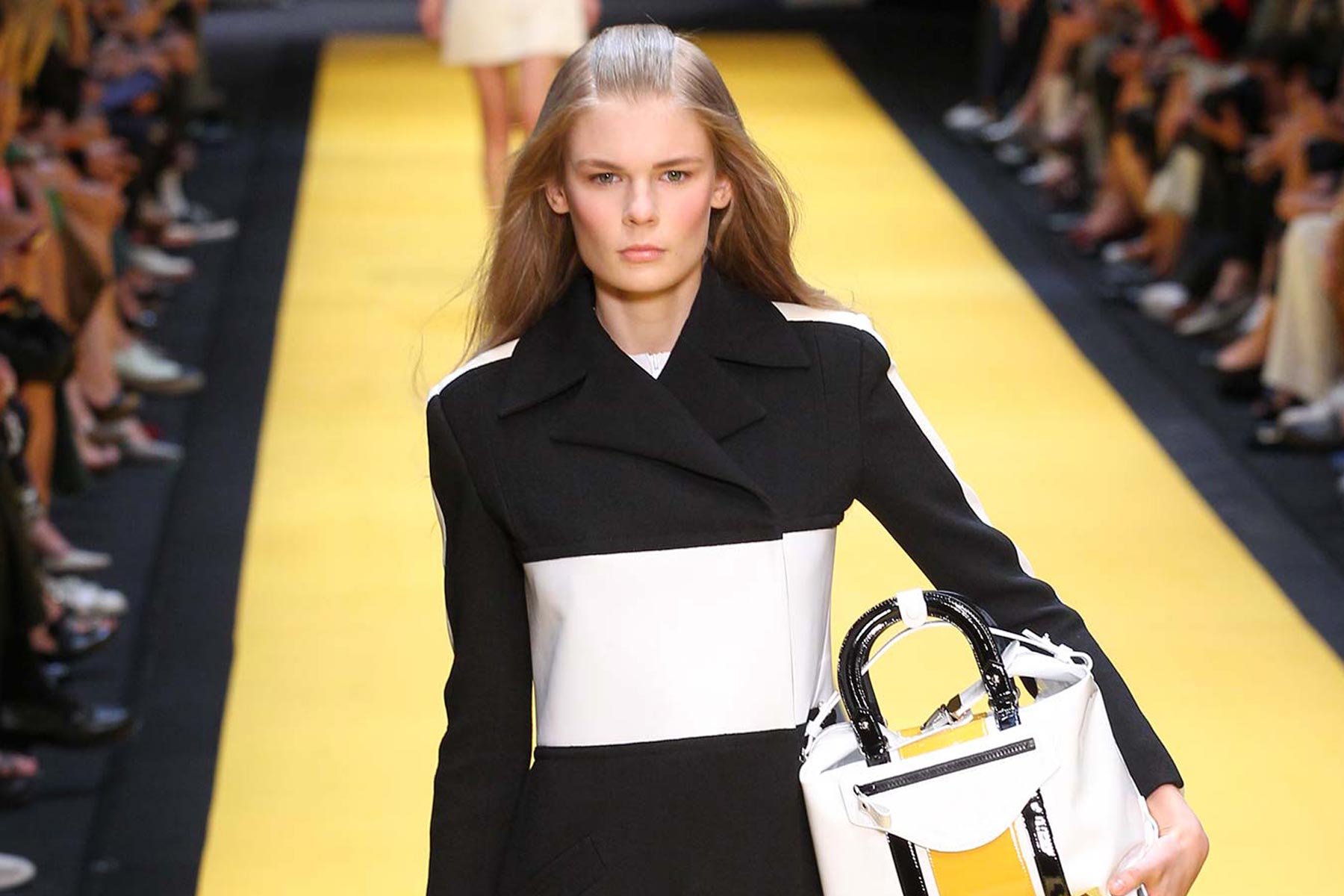
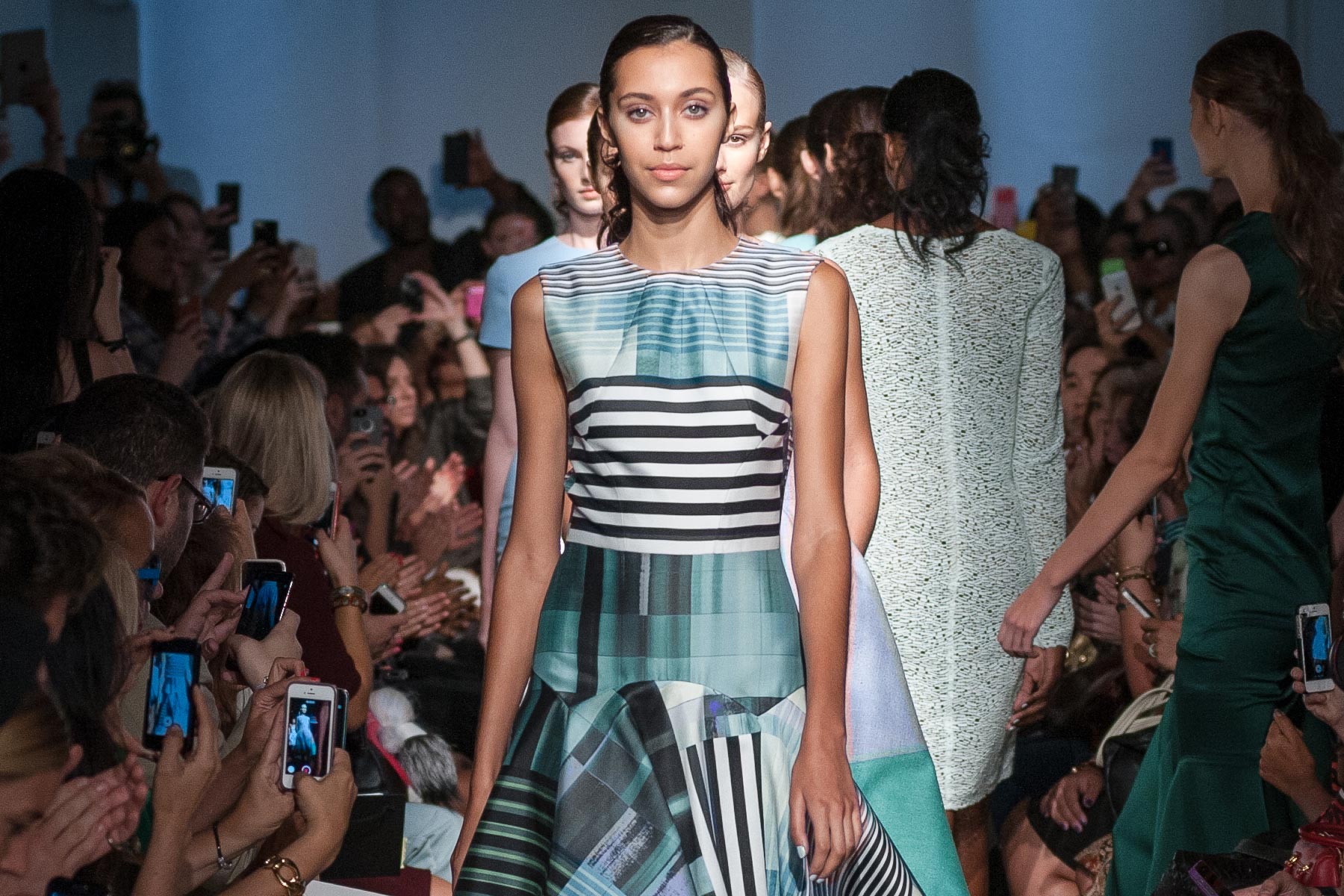

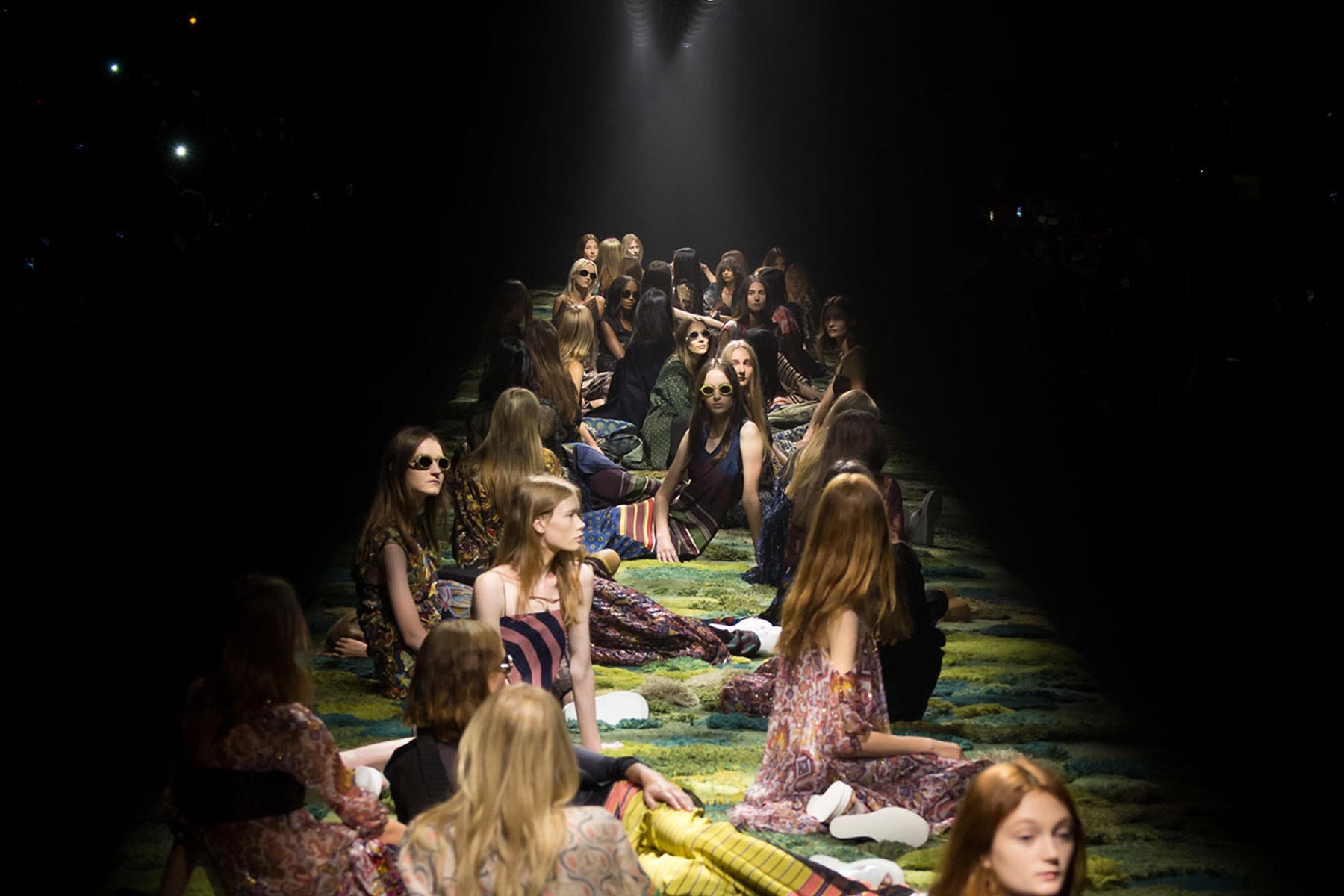
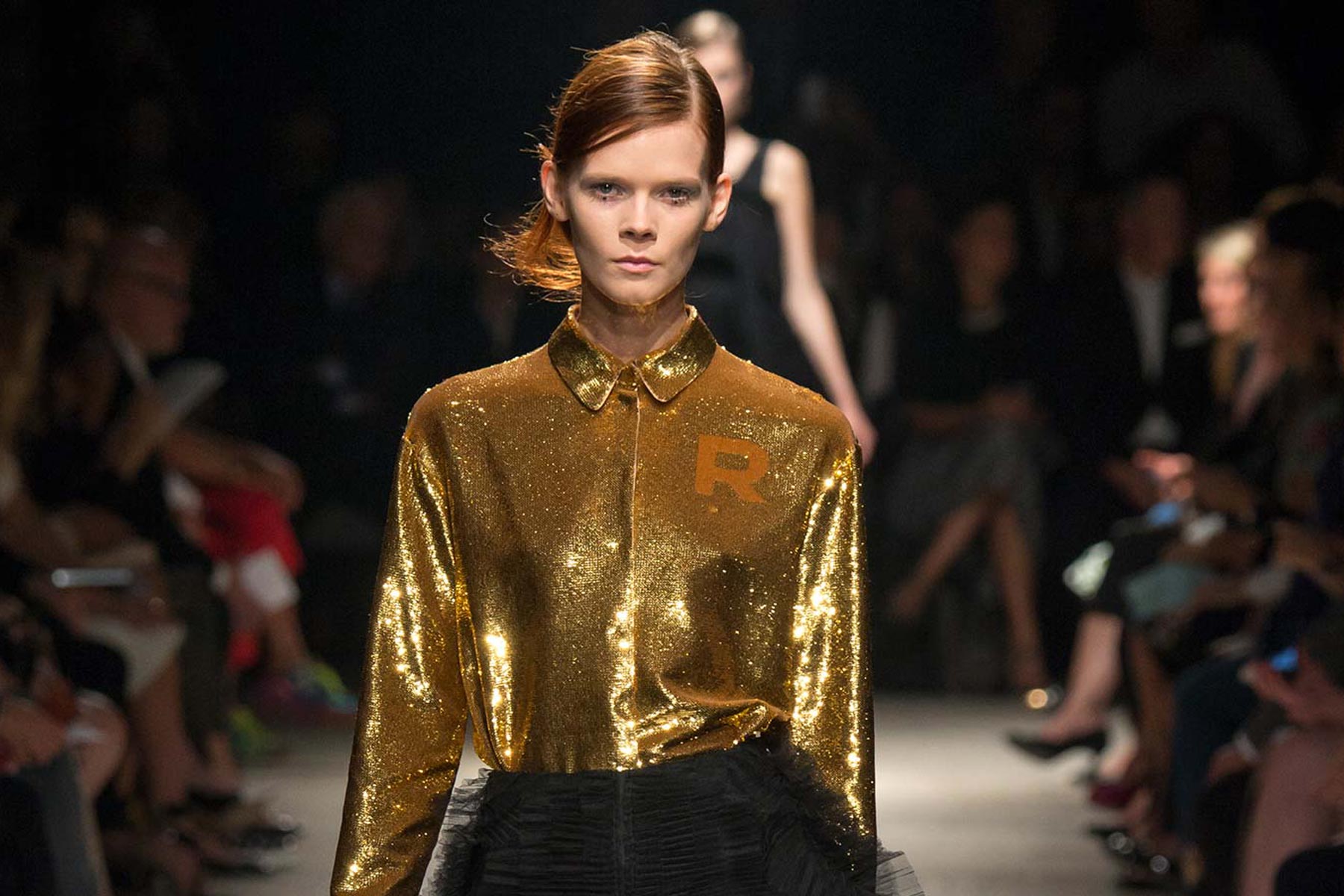
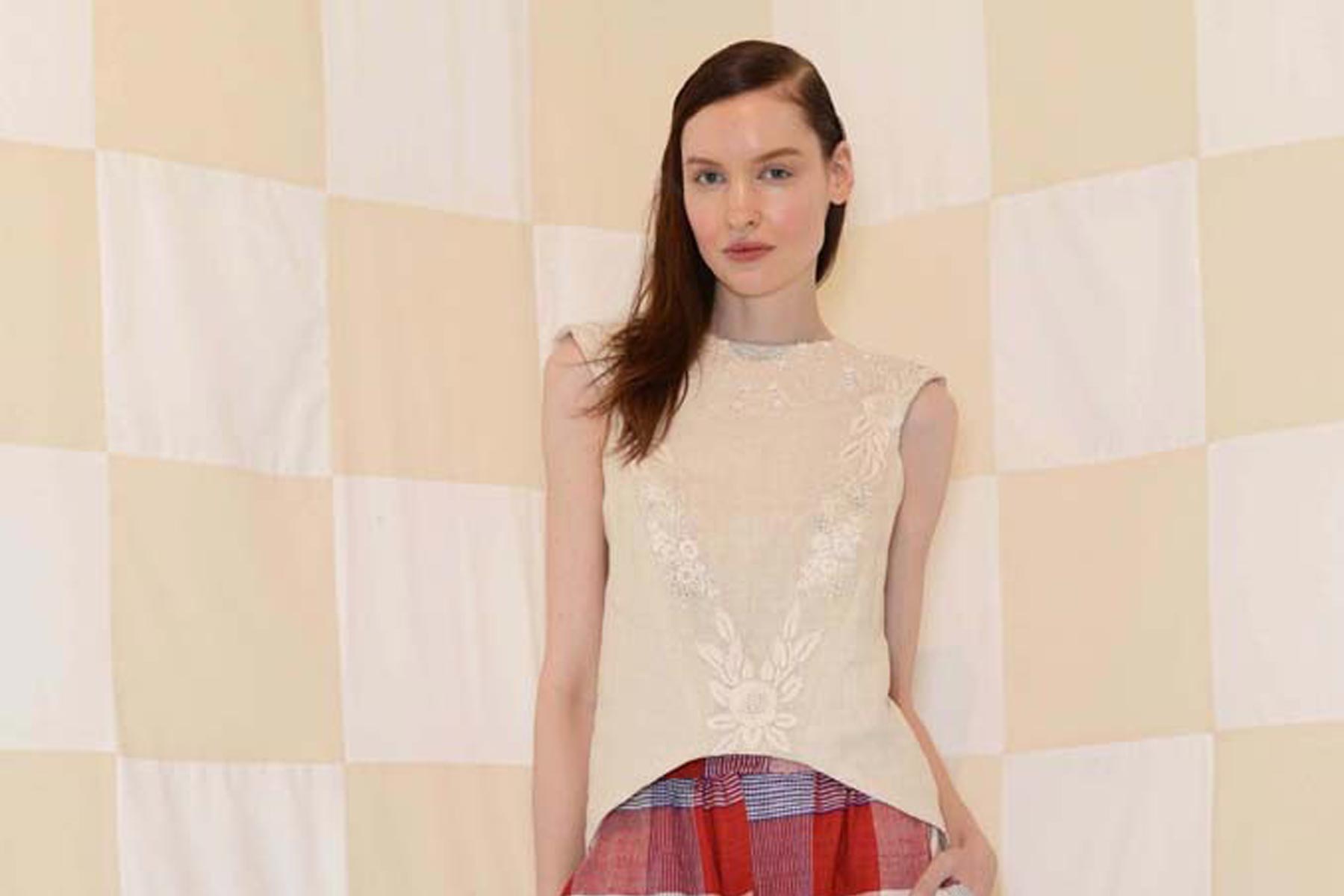
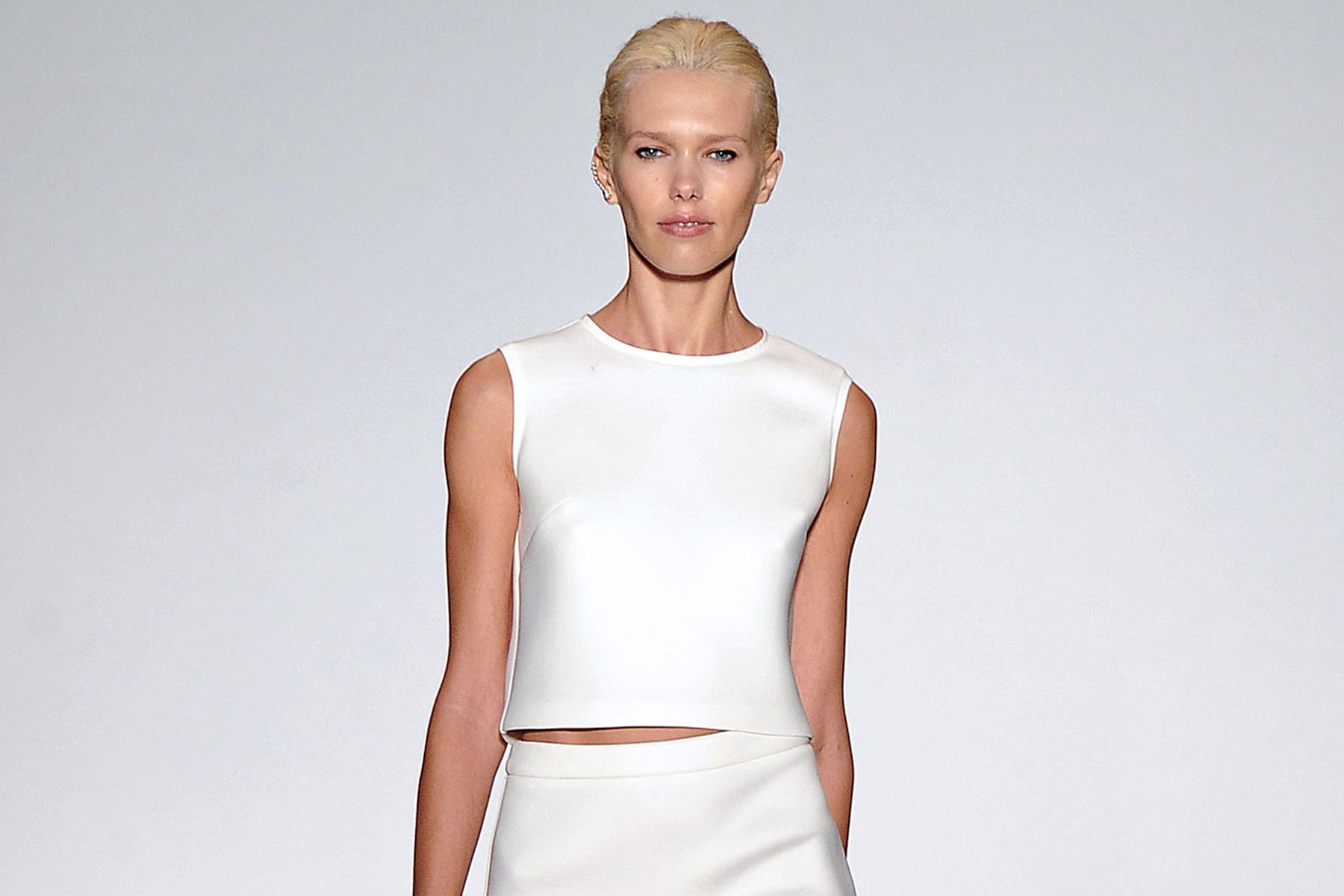
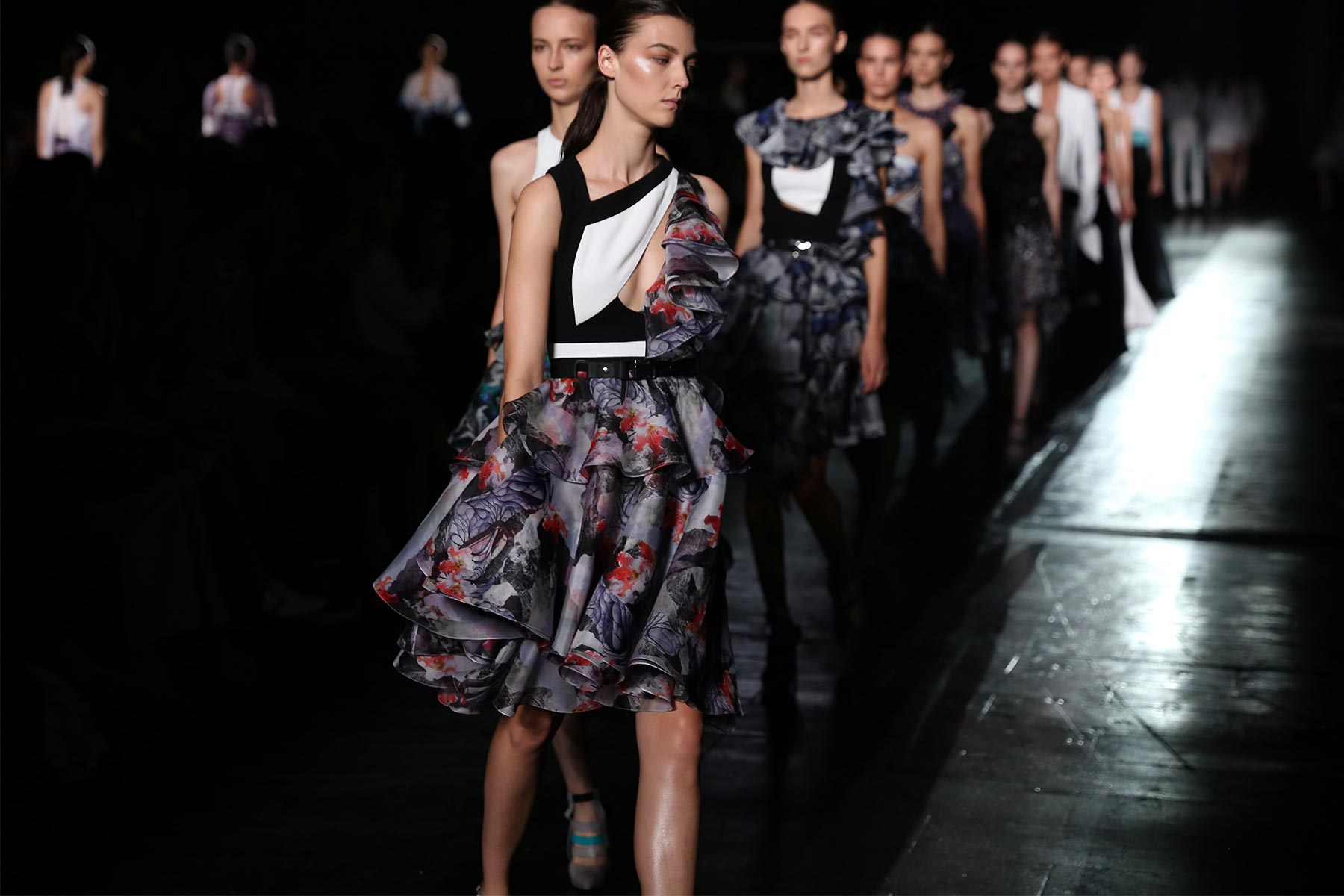
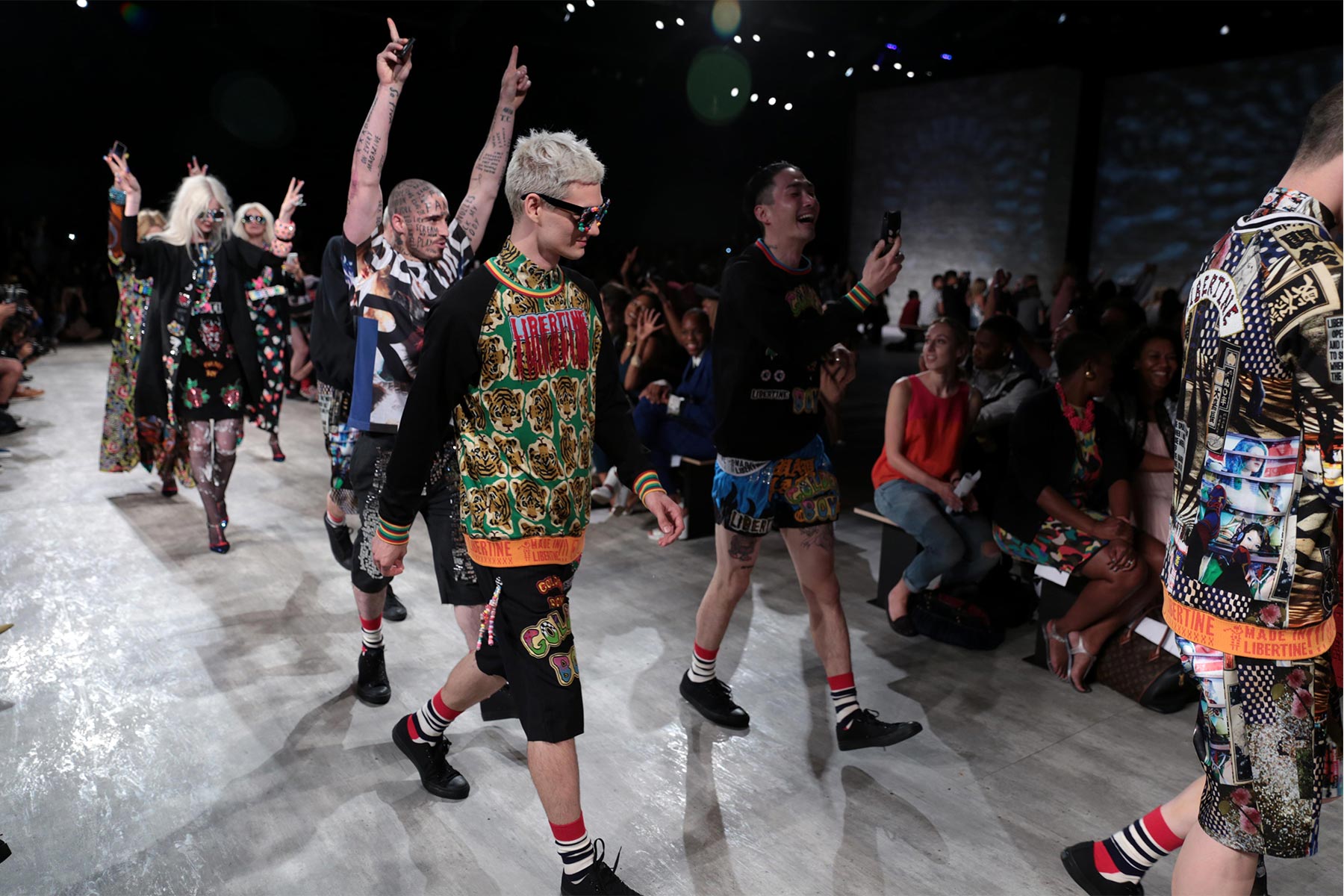
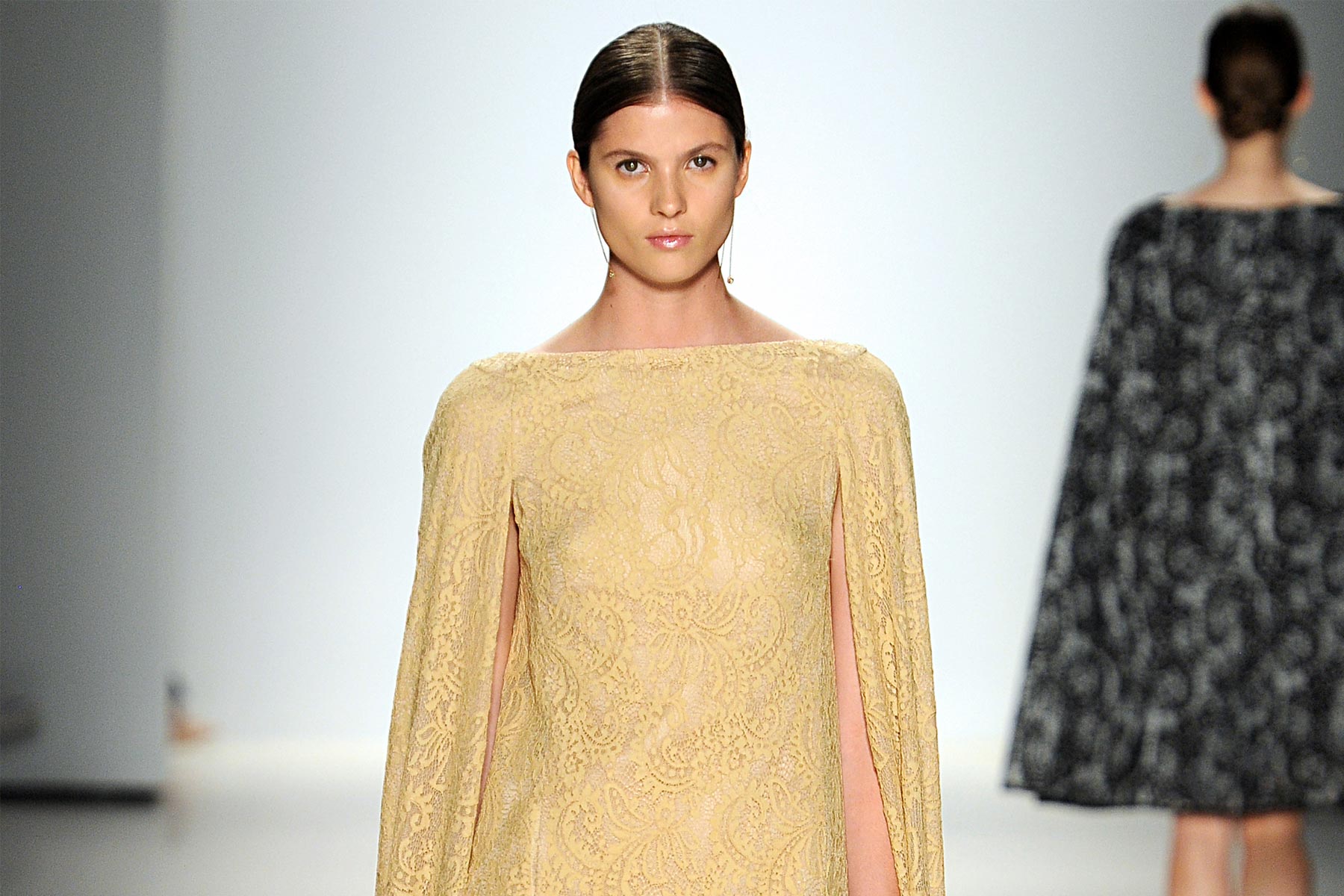
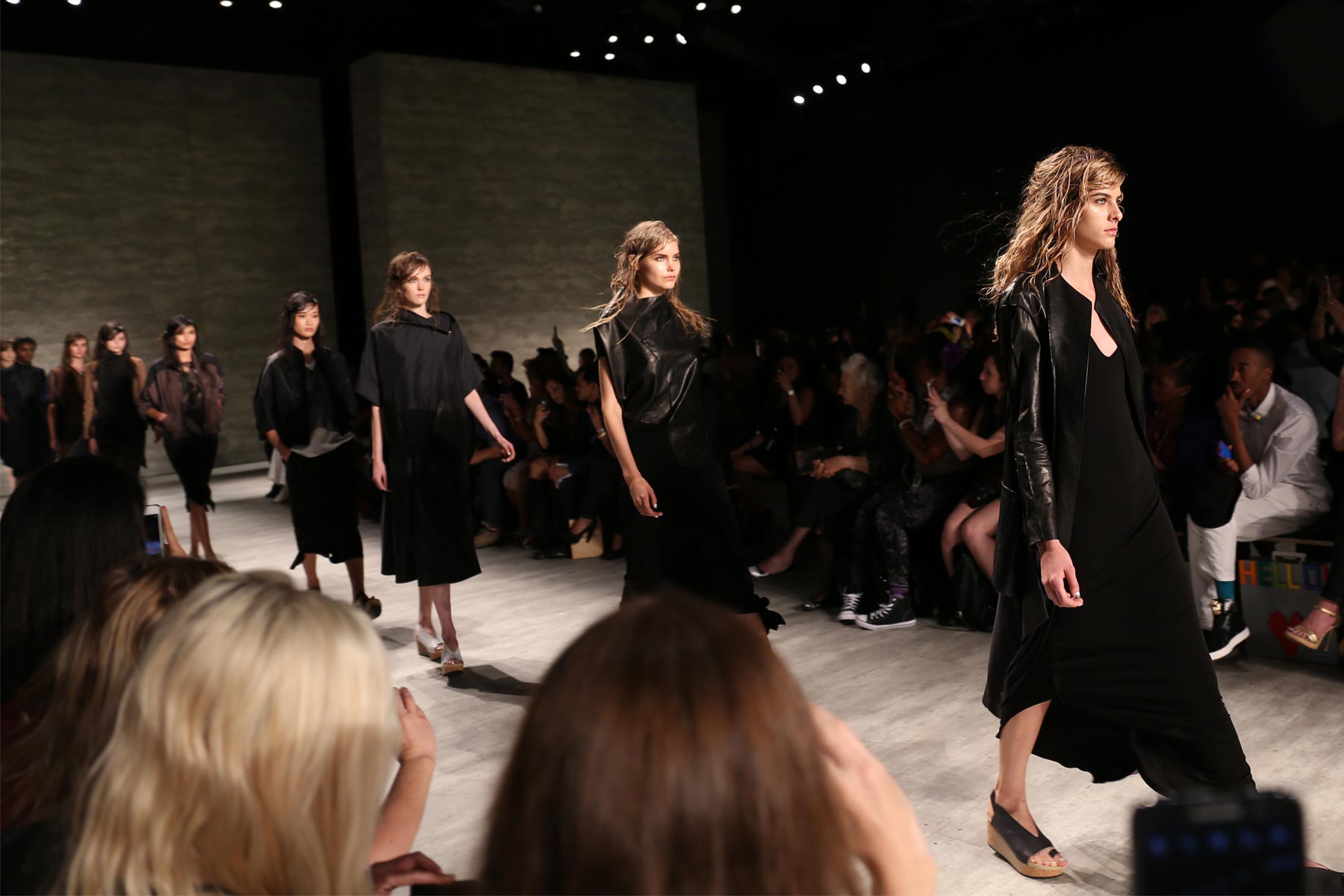
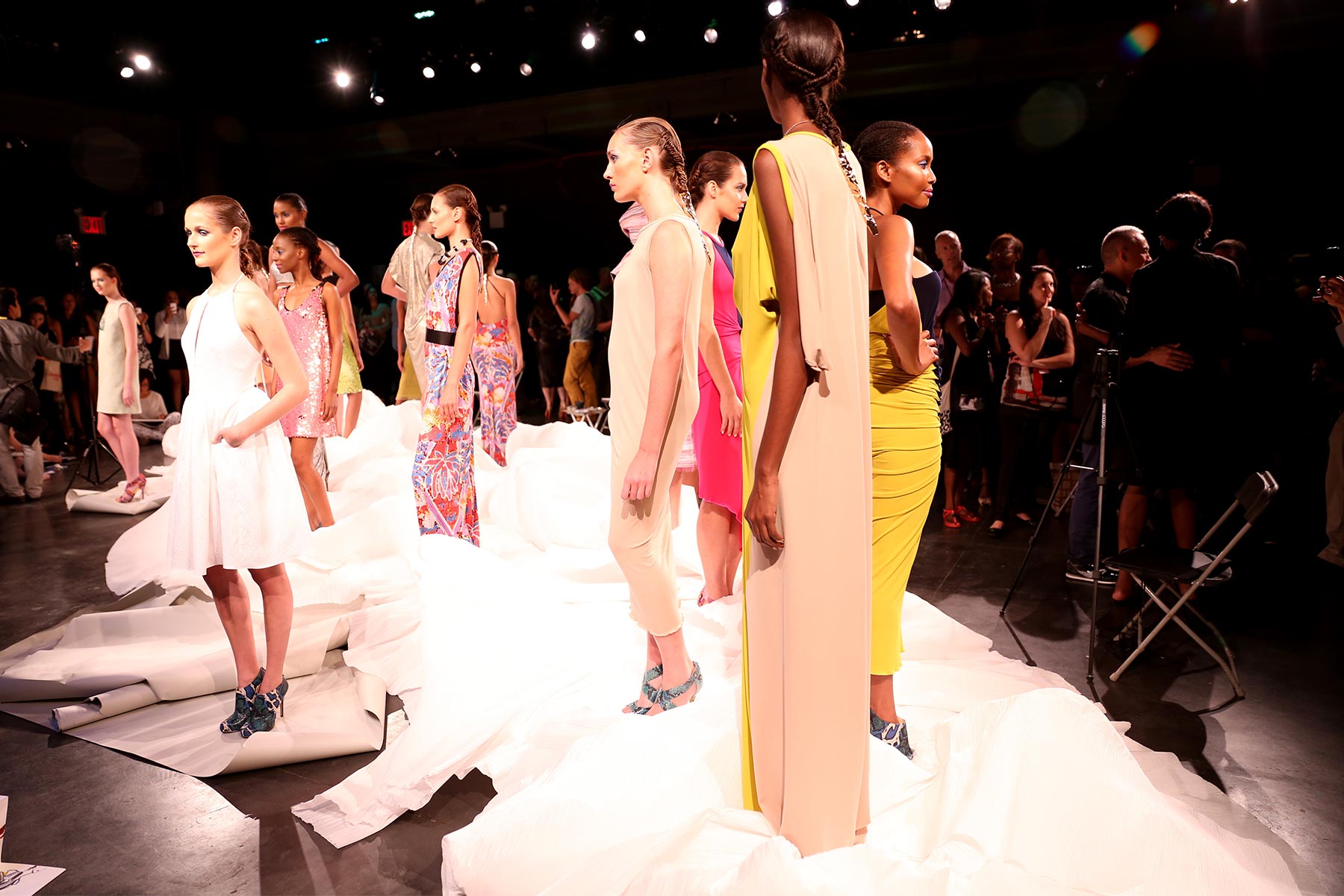
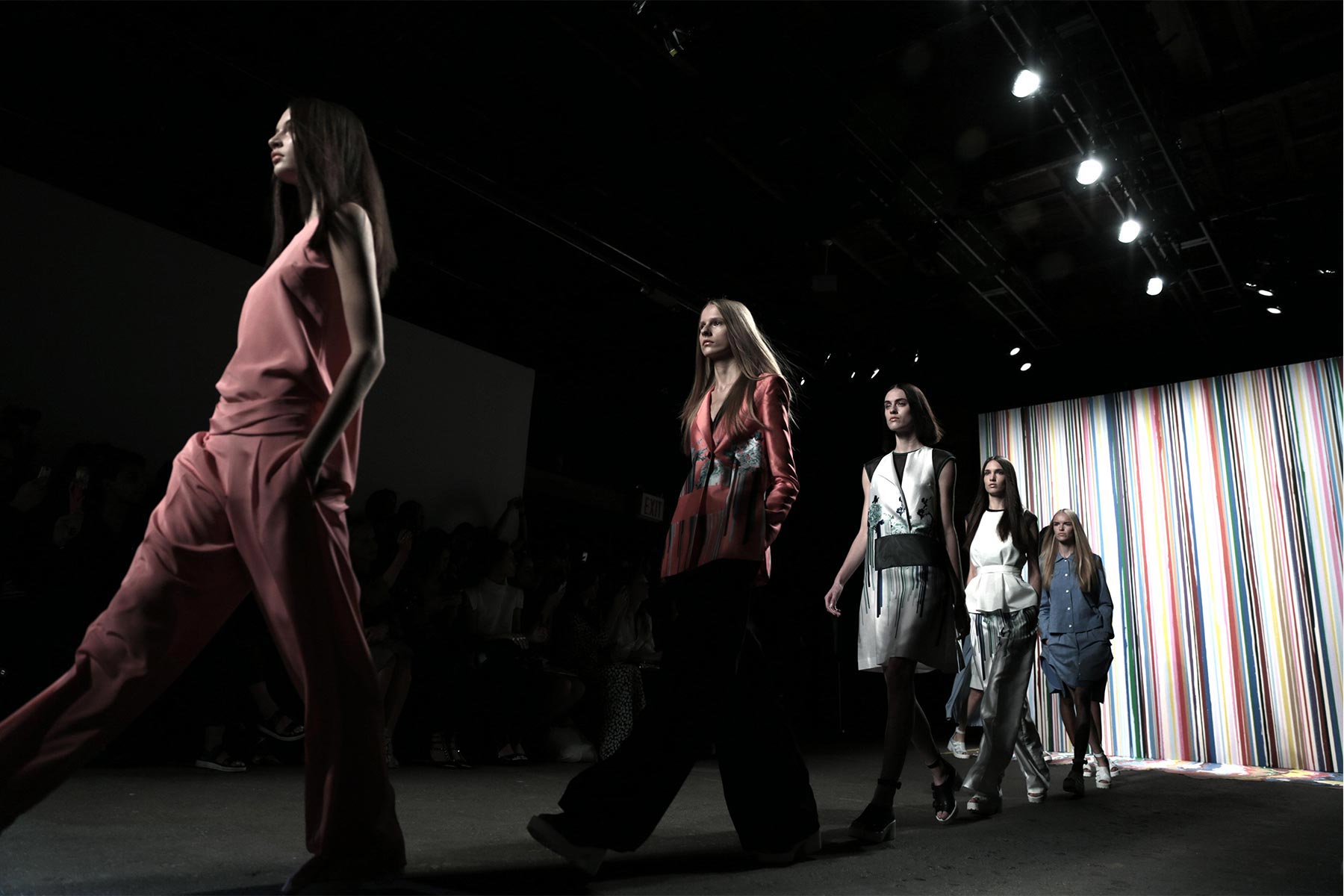
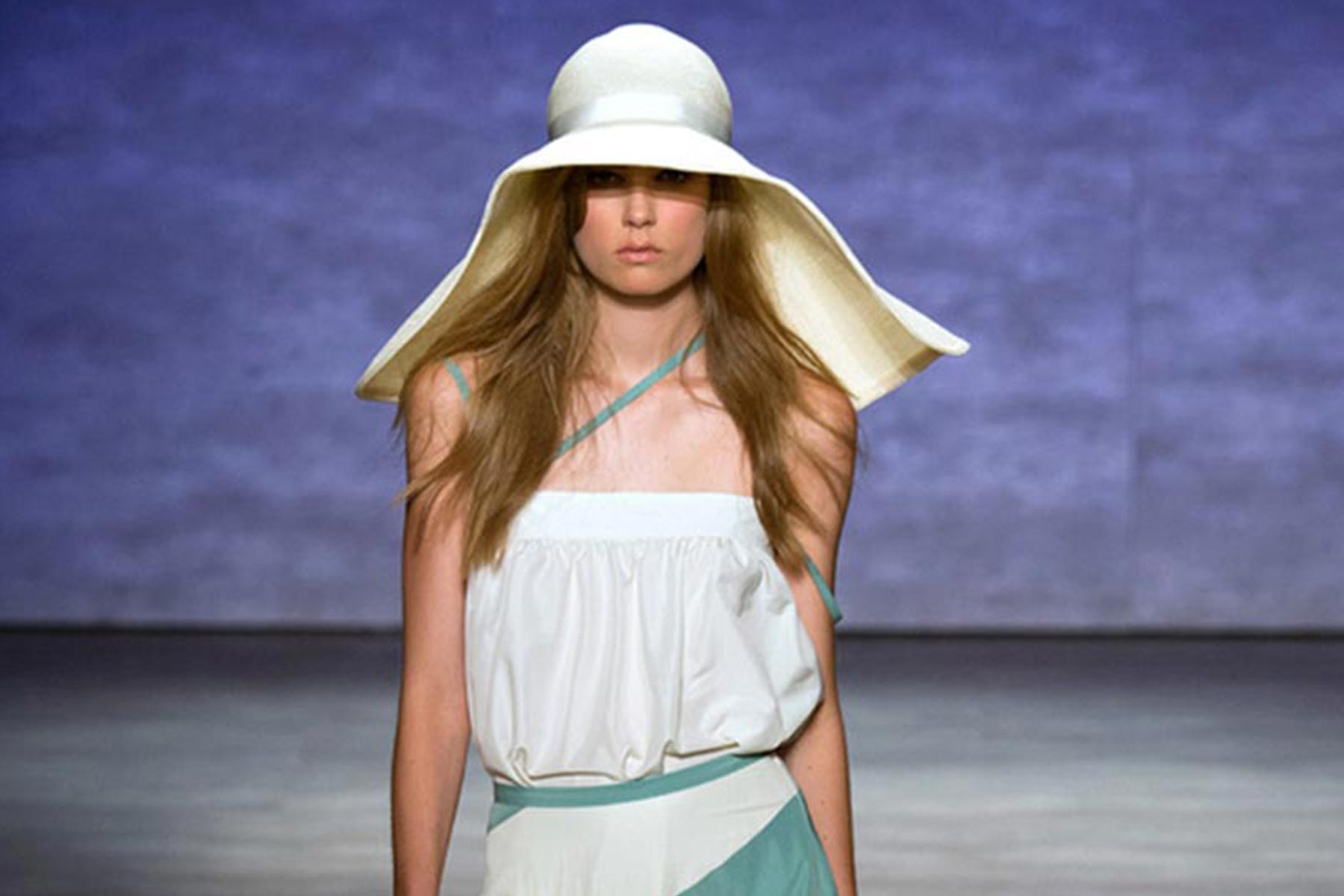
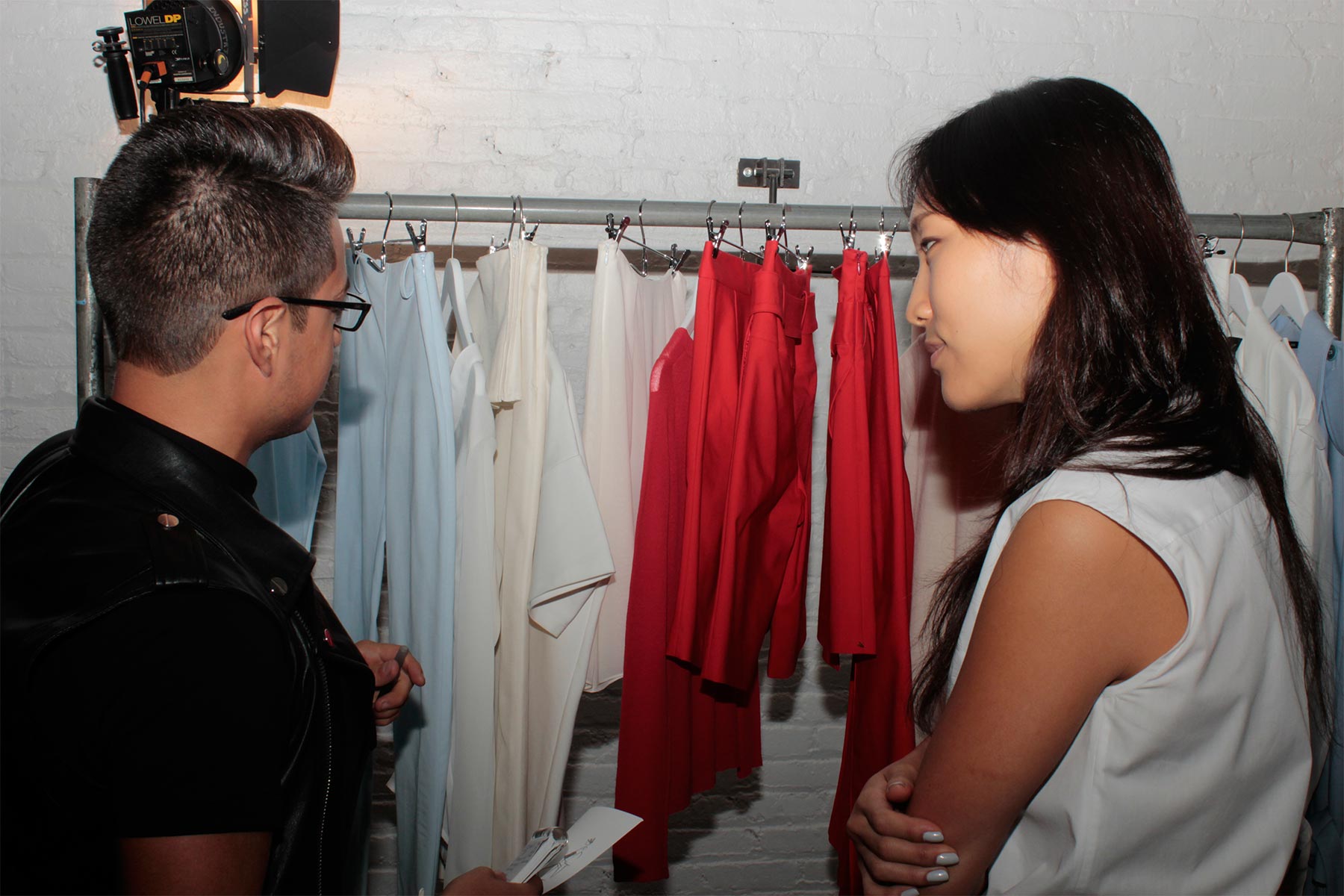
Alexander Wang's aesthetic at Balenciaga is starting to set right in place. His latest outing for Spring 2015 expresses a balance between the history and the remarkable codes that Nicolas Ghesquière stablished during the years of his tenure. A conscious combination of segments that fair enough depict the past, present, and future of the house DNA, through an assertive vision that evokes emblematic and straightforward references; those, particularly ranging from the grid flooring of Cristóbal Balenciaga's atelier, to the clothing that features rhombic-nets reminiscent of Ghesquière's Fall 2011. But between the paying-homage-ideas there's also Wang's own ingredient too, which undoubtedly came from the ready-to-be-worn easiness of the clothes.
Reviewing the details that defined the archives as timeless was a cornerstone for Wang - who understands how important Balenciaga collections were in the past as they should be now. By that, his emphasis went onto wearability as key component, alongside implementing the couture trademarks of the house without exception. That message was immediately visible through the first two looks of the collection, featuring structured and capacious floor-length coats that might classify as modern versions of Cristóbal's monastic and voluminous s'60 couture-veils. Wang updated the feel of those pieces with sport appeal, and paired them with short-shorts and long-sleeve mock-neck tops to convey the urgency, philosophy of today's women dress codes. That athletic fervor also filtered through the collection's silhouettes and details: Body-con dresses with mix-match detailing; variations on the lengths; architectural straight lines; polo-shirt and sweatshirt necklines - an amalgamation that leads to comfort. The simplicity of a white gown with mid-length sleeves, or the structured, oversize shirtdress, both exude with accuracy the house's new approach on minimalism as essential way of dressing.
Dense techniques of embellishment married the opulence and exuberance that Wang wanted to accomplish within the austere-purity of the house archives, giving as result tone-on-tone decorations that upraised the casual aspect of the pieces. Likewise, details like the arresting dynamic-movement seen on the skirts with little rhombic fabric-tiles stitched over the same sheer, geometric-pattern, indicate craftsmanship as new addition into Wang's new language for Balenciaga. That attention to precision is evident in the way the aforementioned little rhombic-shapes were laser cut-out-of organza, leaving negative spaces that were intricately beaded to offer tridimensionality. The beaded work in lattice pattern, used for a long-sleeve top with strapless-corset overlay as one piece (that model Hanne Gaby sported towards the end), was also a clear-cut.
All in all, there are a lot of pieces that translate into the daily-life and the streets vocabulary. If to say, this is one of Wang's breakthrough moments at Balenciaga; not only he paid tribute to the roots of the house, but also maintained some of its trailblazing, futuristic-aesthetic. It wasn't revolutionary or unexpected, but it presented a grounded composition of elements that other collections lack and many designers never seem to achieve. A reminder that, after all, wearable looks is what women want and need.
By Jhon Jairo Santos
Fashion Director
